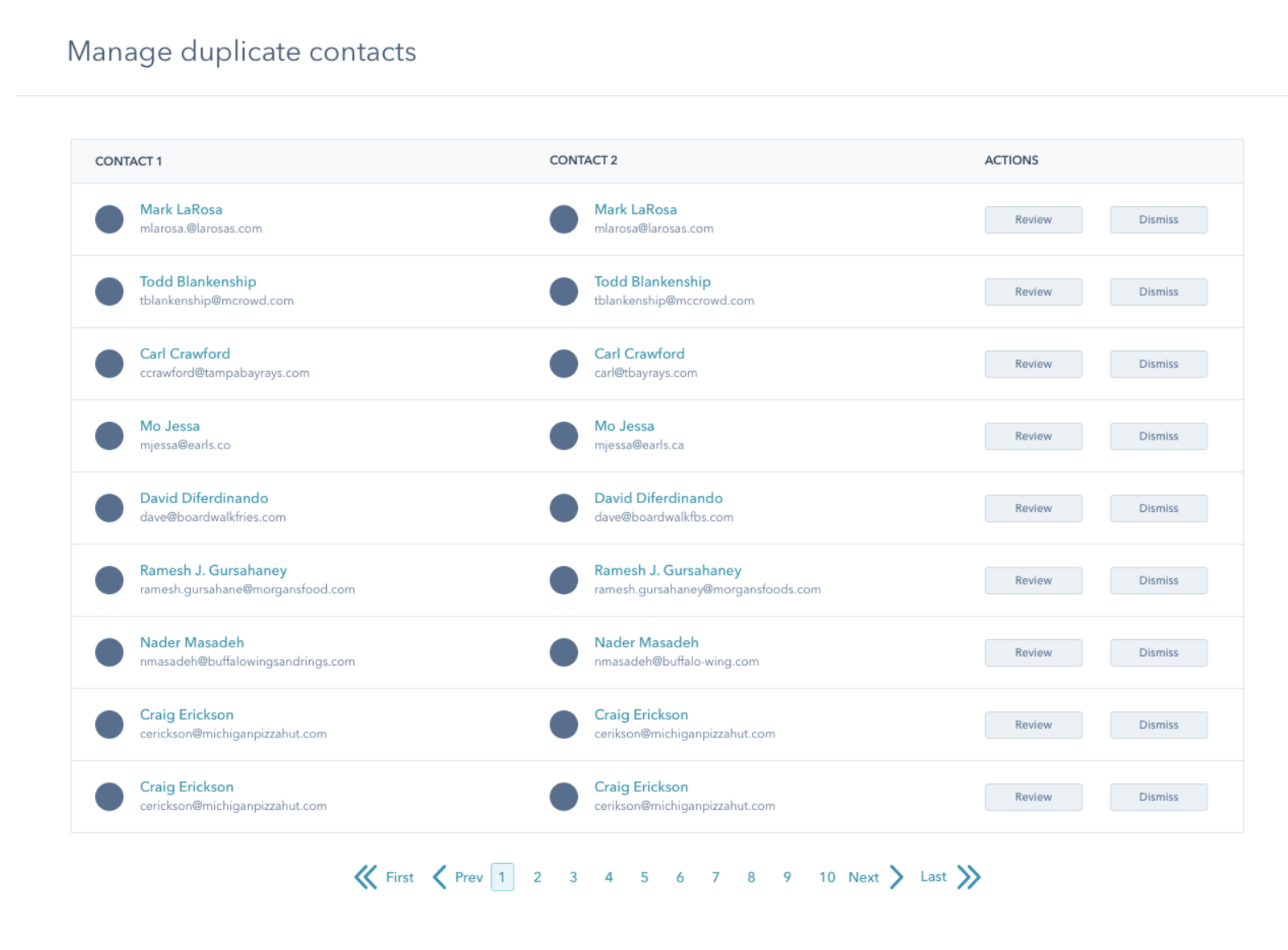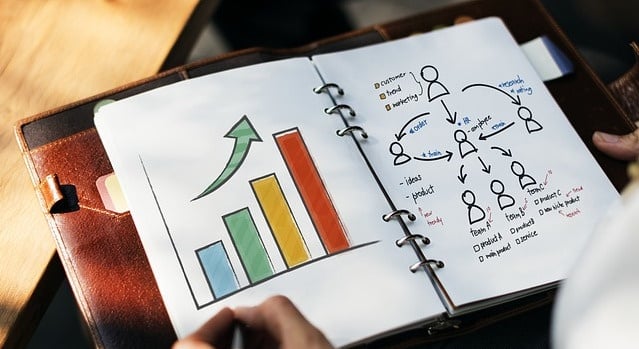If you haven't taken a close look at your contacts database lately, you aren't alone. Between cleaning your inbox, your house, and your photo library, there are lots of physical and digital assets that need to be cleaned and maintained.

Even for those that spend their career working with data, cleaning isn't necessarily the most joyous of tasks. A Forbes.com survey found that 57% of data scientists state that cleaning and organizing data is the least enjoyable part of their work. But you don't have to be working with big data sets to have a need for "clean data." What makes for "clean data," anyway?
To understand clean data, let's start with the bad data. Harte-Hanks defines "bad" data as: “Data that fails to support the mission of delivering the right message to the right individual through the right channel.” We can use a real-life example to better understand what this means. Consider how outdated contacts in your phone prevent you from communicating with someone. Would you wish the same fate upon your marketing efforts?
Econsultancy's email marketing census reports that list quality, segmentation, personalization and automated campaigns remain at the top of the list of importance for marketers in 2016. Check out the results below:
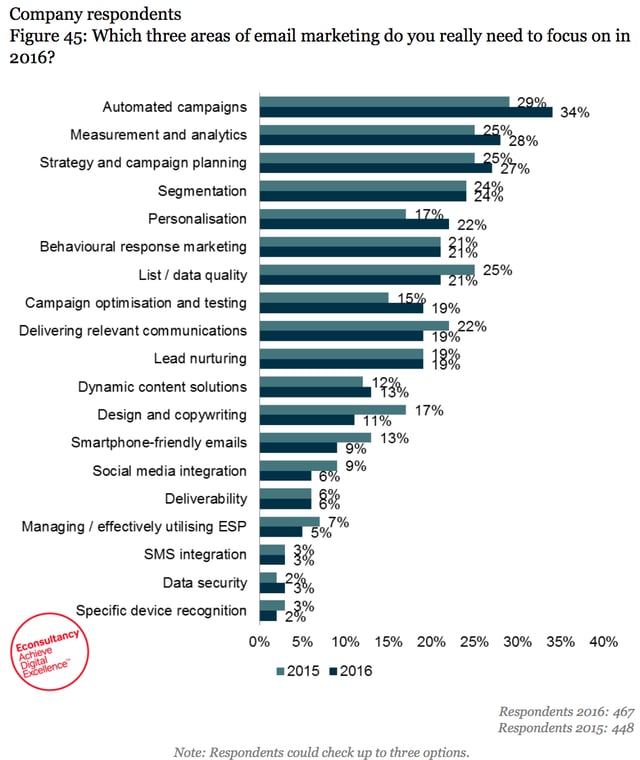
In this blog post, we'll talk through six common "bad data" scenarios you may be seeing in your own HubSpot portal, and some simple ways to clean them up. Read on!
#1. "I have several contacts that are the same person. How did that happen?"
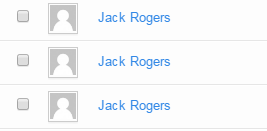
-
While the name is the same, the email address is different. Every unique email address creates a new contact record.
-
The person has filled out multiple forms over time. They have cleared their browser cookies and provided a different email address. Have you ever signed up for email communications from the same company using different email addresses? I certainly have. Keep in mind that your database would interpret the two unique email addresses as different contacts, even though it is actually the same person in that case.
The recommended course of action is to merge the contacts.
#2. "I found some contacts to merge. How do I merge contacts without losing data?"
When merging contacts, you'll want to determine which contact record will be kept as your primary contact. Here's how to do it:
-
Navigate to the contact record and click the gear icon next to the contact's name and select Merge.
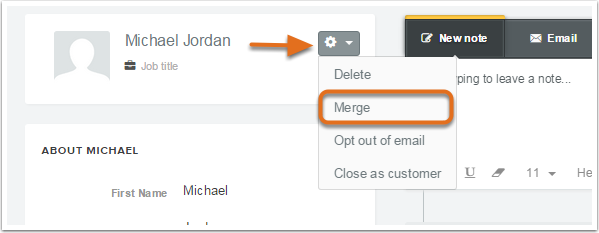
-
Search for the contact you want to merge. The contact you select is the secondary contact whose email address will no longer be used.
-
Select the secondary contact by clicking on the checkbox to and click Confirm.
-
Read the merge confirmation message on the next step to confirm that you're merging the correct contacts and click Merge.
-
You will be notified that the merge is in progress and the merge event will be visible on the primary contact's timeline labeled "Contact Merge."
If you want to read more about what happens when merging contacts, click here.
#3. "I need to reset a contact property value. It is wrong and I need a blank slate for all contacts."
You can clear the contact property values using the Workflows tool (available to Professional and Enterprise HubSpot customers). In the example scenario, you would need a list of all contacts to start.
-
Click Create new workflow in the Workflows tool.
-
Choose a standard workflow starting condition.
-
Click Add action or delay.
-
From the select an action drop -own menu, choose Clear a contact property value and select the Property.
-
Don't forget to Activate your workflow.
#4. "I don't have any contacts in the personas that I've created."
Once you've created your personas, assign the persona(s) to your contacts either via an import or a stamping workflow.
If you only need to assign a persona to a small number of contacts, you can assign personas manually on the individual's contact record. See instructions on how to manually assign personas.
#5. "Why doesn't my database recognize who my customers are?"
You may see long-time customers in your database, but your database only discerns between contacts with a lifecycle stage. You can set up a workflow for your customers or you can import a list of your current customers. Either way, a list will be helpful in setting the lifecycle stage for a contact.
-
Click New Workflow in the Workflow tool and select a Standard workflow type. Name your workflow.
-
Since this is a one-time process to move the lifecycle stage for a list of customers, select Manually so contacts are only enrolled at this time.
-
Add action or delay under the starting condition.
-
In the workflow Actions, Set a contact property value and select the customer lifecycle stage.
-
Now that the workflow is set up, you'll need to enroll that list of customers in your workflow. Locate your customer list in the and click Enroll in workflow from the list detail page. Get the full instructions to change the lifecycle stage here.
To import a list of your current customers:
Create a CSV file containing a column of the email addresses of your current customers.
Upon importing the CSV in the Contacts tool, choose your file and switch to the advanced view to set the lifecycle stage for the list of contacts you are importing.
If you are hoping to move the lifecycle stage of your list of contacts backwards, from Customer to Lead for example, please read this article.
#6. "I have different properties that mean the same thing. I don't need all three properties ( 'first name' 'first' and 'firstname,'), do I?"
When evaluating your own contacts properties, you may find something similar -- redundant naming conventions for properties that are seemingly the same property. Fixing this issue in your database is simple, but you won't want to delete properties without evaluating and merging the data.
To get your single line text properties cleaned up in your database, follow the customer project here:



